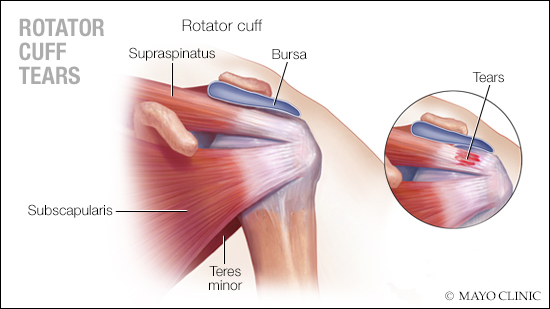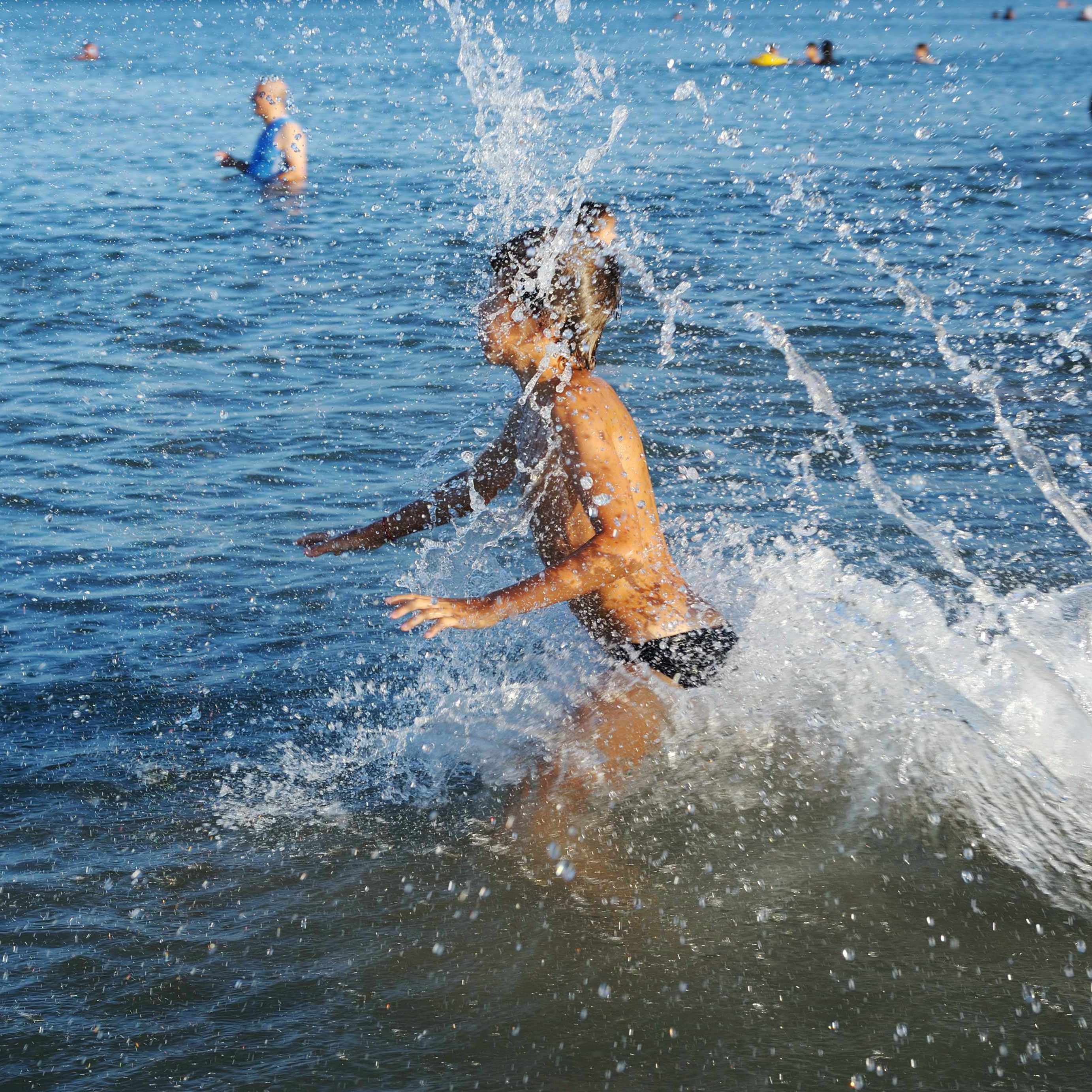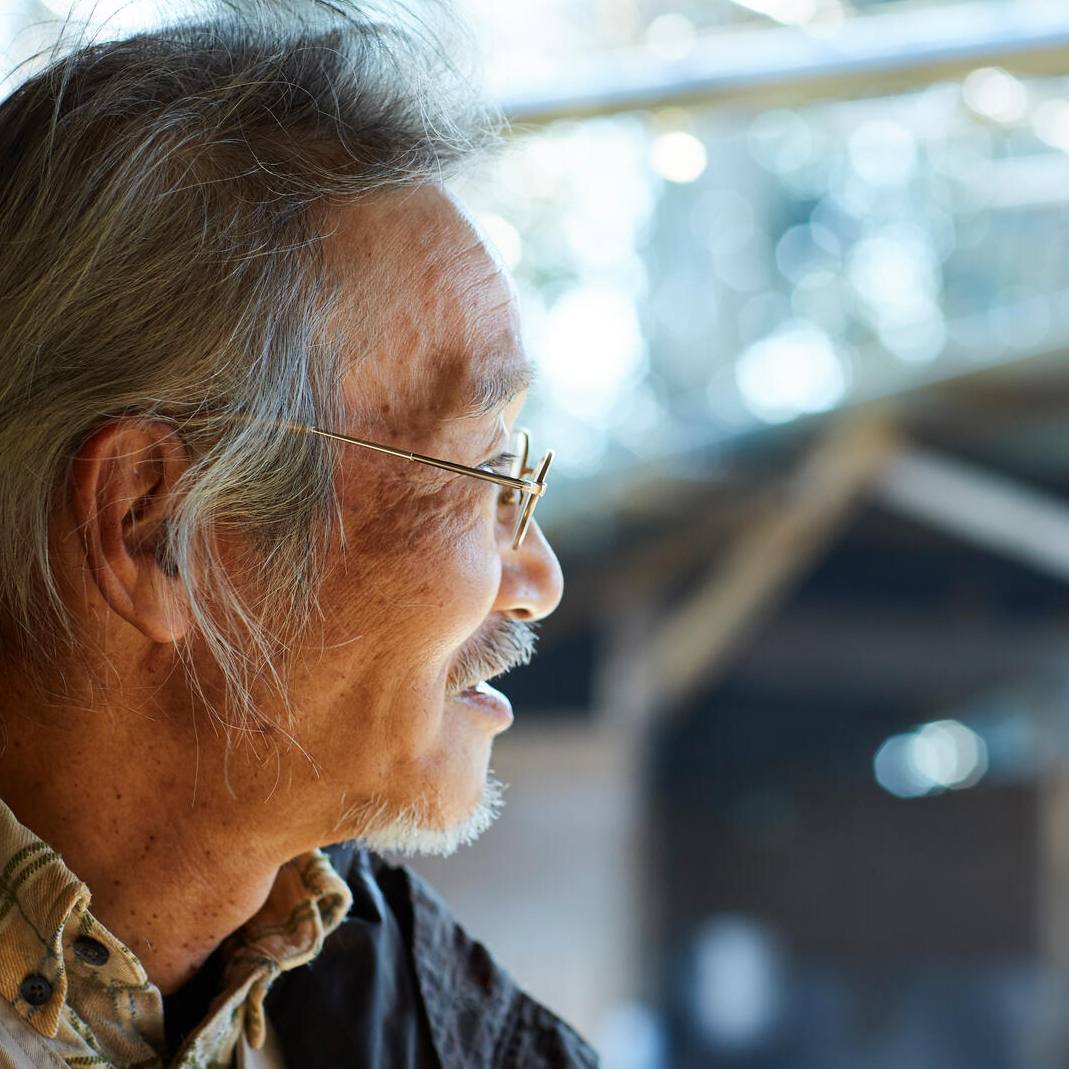-
Mayo Clinic Q and A: How are rotator cuff tears treated?

DEAR MAYO CLINIC: I injured my rotator cuff recently and was told I was not a candidate for surgery. However, a friend shared that there's a new minimally invasive treatment option that uses a balloon implant. How does this procedure work, and how does it compare to traditional treatments?
ANSWER: The rotator cuff is a group of muscles critical for the strength, stability and function of the shoulder. Tears of the rotator cuff tendons are a common source of shoulder pain, weakness and other problems. Imaging studies, such as radiographs, MRIs or ultrasounds, are used to evaluate rotator cuff tears.
Physical therapy and the occasional use of cortisone injections may improve pain and function for some people with a torn rotator cuff. However, many rotator cuff tears do not improve with therapy, and in those circumstances, surgery needs to be considered.
Repair of the torn rotator cuff tendons is the most performed procedure when surgery is required. Most rotator cuff repairs are performed using arthroscopy. A small camera is inserted into the shoulder through a small incision or cut, and additional small cuts are used for instruments to complete the repair.
Many times, rotator cuff repair is successful. However, certain rotator cuff tears have so much damage that the tear cannot be repaired. These irreparable tears are excessively large and stiff, and oftentimes, the muscles are atrophied and largely replaced by fat tissue, so that even if the repair were to heal, weakness and poor function would remain. Expert evaluation is paramount to select the various options to manage rotator cuff tears.
Irreparable cuff tears can improve with alternative or salvage surgical procedures, which traditionally include superior capsular reconstruction, tendon transfers and shoulder replacement with implantation of a reverse prosthesis. A fourth new procedure just approved in the U.S. involves implantation of a subacromial balloon.
The inflatable subacromial balloon is made of a copolymer that is not toxic, does not elicit inflammation and is biodegradable. This balloon comes folded inside a protective canula. It is deployed at the ball of the shoulder, or humeral head, under arthroscopy. Liquid saline is then injected inside the balloon to inflate it before being sealed. The balloon is resorbed in the human shoulder within a year.
To understand how a temporary subacromial balloon works, it is important to understand what happens to the shoulder in the presence of an irreparable rotator cuff tear. Specifically, the ball of the shoulder moves up and rubs against another bone on top, the acromion.
In these circumstances, several factors may contribute to pain and loss of function:
- The torn rotator cuff muscles cannot power the shoulder.
- The mechanics of the joint are poor with such a high-riding humeral head that is no longer aligned with the socket.
- Rubbing or friction occurs between the humeral head and acromion.
- In some instances, the articular cartilage of the joint can progressively wear with arthritis.
Placement of an inflated balloon in the subacromial space is believed to improve pain and function two ways. First, the balloon does not allow the humeral head to rub with the acromion. Also, with the placement of the balloon, the humeral head is returned down to a more normal position across the glenoid socket, which improves mechanics of the joint.
It is not clear why people experience pain relief and improved function well after the balloon has already resorbed, but the theory is that temporary physical centering of the humeral head across the socket and improvements in pain allow patients to strengthen the rest of the intact muscles around the shoulder so that they can permanently compensate for the torn rotator cuff.
The ideal candidate for implantation of a subacromial balloon is a person with an irreparable, painful rotator cuff tear with minimal or no arthritis and reasonable motion. One North American study showed an 87% success rate two years after implanting a subacromial balloon in patients 65 or older.
Balloon implantation is a minimally invasive and relatively short procedure that does not burn any bridges. However, it neither increases strength nor improves arthritic pain. There is some interest in using the balloon as an add-on to a rotator cuff repair in certain people at risk for incomplete tendon healing, but this use has not been investigated in detail.
If you have been diagnosed with an irreparable rotator cuff tear and have not developed arthritis yet, implantation of a subacromial balloon may be a good option for you. That's provided your motion is reasonable, and you are not looking for major improvements in strength. It appeals to many as a minimally invasive procedure that, when unsuccessful, does not leave any material behind. As such, it does not negatively affect further surgeries that may be needed in the future. — Dr. Joaquin Sanchez-Sotelo, Orthopedic Surgery, Mayo Clinic, Rochester, Minnesota
****************************
Related Article
- How a new rotator cuff balloon procedure helps some patients get better published 3/18/22
Related Articles







